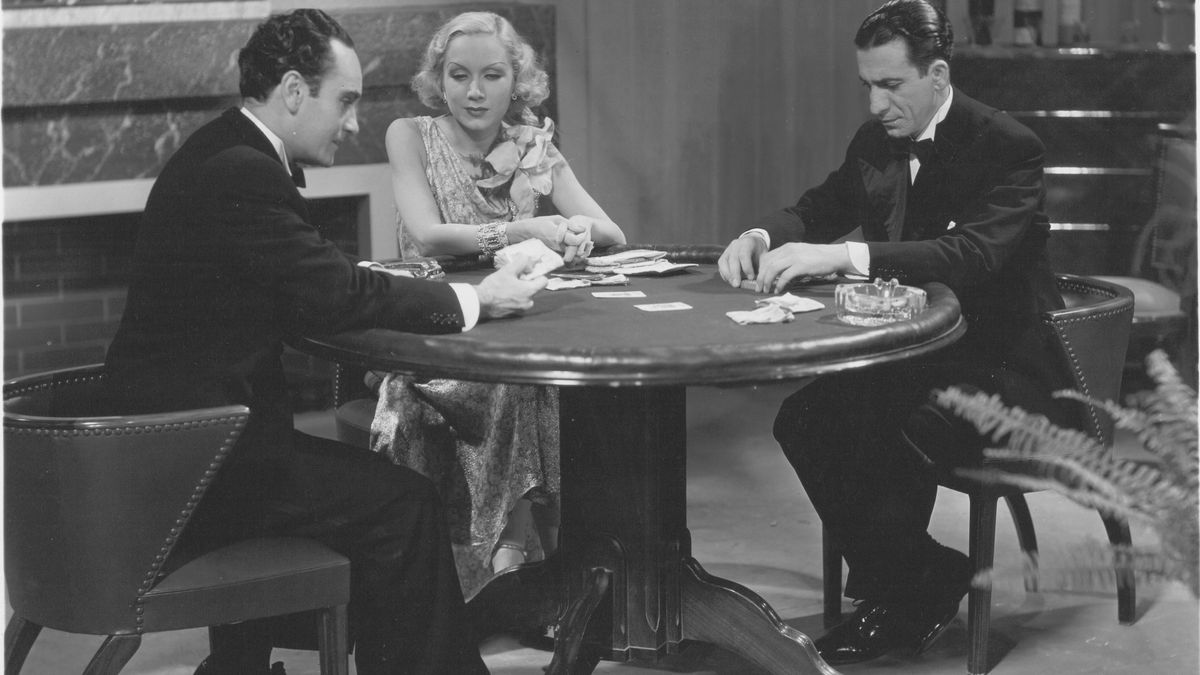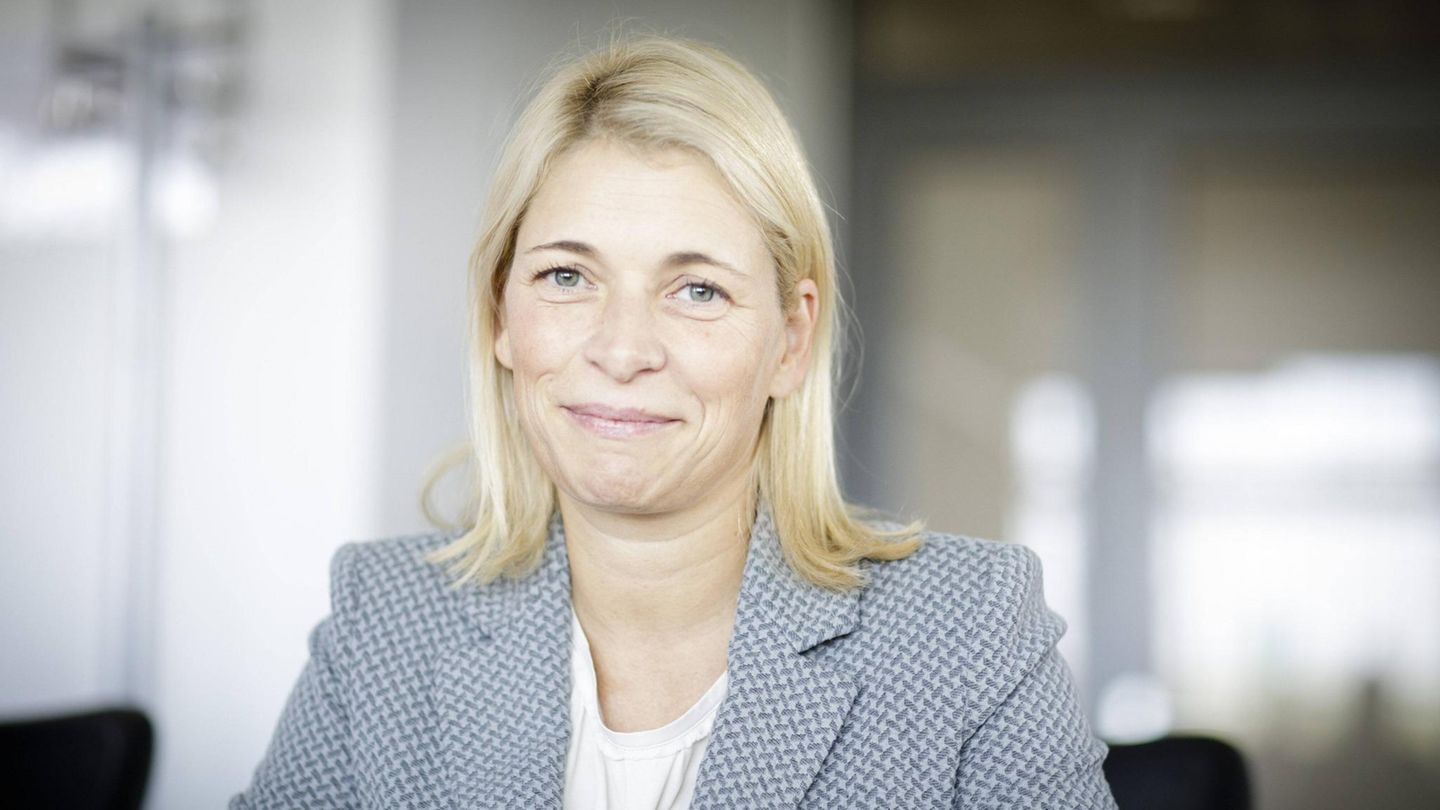The exhibition, which is titled “Beyond Oblivion”, includes numerous historical titles from all time, both national and international, including some that were thought to have been lost.
In the manner of the Cinema Ritrovato (rediscovered) of Bologna, the Municipal Cinema Museum Today begins a Week of Recovered Cinema, curiously titled Beyond Oblivionlike the title of a famous romantic drama by Hugo del Lane. That film is not scheduled, but, in screenings spread between the Malba and the Museum, there are a few other very interesting titles by John Ford, Arturo S. Momanthropologists Dina and Claude Lévy-Strauss, Narcisa Hirsch, Alberto Fischerman, Marianne Eydethe painters Nicolás Rubió and Raul Soldithe writer José María Arguedas in pair with Alberto Giudicithe list goes on. And before each screening there is, as in the old days, an advertising space, in this case with material from the collection of Nono Pugliese opportunely donated to the Museum.
The content you want to access is exclusive to subscribers.
The opening performance, at the Malba, announces a western John Ford that was thought lost, “The Scarlet Drop” 1918, with Harry Careya short film from 1921 about the arrival of the pieces that would form the Columbus Monument, its installation and inauguration, and a Chilean drawing from that same period referring to the liberal’s inauguration Arturo Alessandri as president (he was in two terms, and the son in one). Live music from the National Film Chamber Orchestra, i.e. Fernando Kabusacki and Matias Mango.


Between Thursday and Sunday they can also be seen at Malba, “Communicate from Argentina”biography of the Montonera Lili Massaferro made by a North American collective, the Colombian “Pepos”1984, a documentary Marianne Eyde on Indians of the Peruvian Amazon, 1975, and four of Dina and Claude Lévi-Strauss about Indians of Mato Grosso, 1935-36, and especially the police “Criollo mountain”of Arturo S. Mom1935, of notable formal inventiveness and with the added Azucena Maizani singing the tango of the title (“Life is a marked deck, the hand of God shuffles the cards.”),
Also, a program with jobs Narcisa Hirschremembered promoter of Argentine experimental cinema, and others with Catalan shorts from the ’70s, from the Avellaneda Film School made between 1977 and 1999, from the Film School of the Universidad del Litoral filmed between 1962 and 1972, from Cuban amateurs that they filmed between 1958 and 1991, and even some Brazilian queer shorts made between 1981 and 1983. For the closing of Sunday, a film that did not have commercial distribution but was seen ad nauseam in the Baptist churches of Argentina and the rest of Latin America: “Lucia”of Dick Ross1963, with Fernanda Mistral and Jorge Barreiroco-produced by the famous pastor Billy Grahamwho is seen preaching before the packed stands of the San Lorenzo field. More than one will want to see this film now, not out of religious concern but out of love for the old Gasometer.
At the Cinema Museum
Of what is scheduled at the Museum, two tributes stand out in memory of two plastic artists: Nicolás Rubió and Raul Soldi. From the first you will see a never-released feature film, made by Rubió himself in 1958, “My cousin Lidia”where the guitarist appears Eduardo Falú and other personalities of the time (Friday 8 p.m.). Of the second, just in the year of its 120th anniversary, a short film by the Soldi, “Art in the street”1954, and three where he is seen working on the ceiling of the Teatro Colón and in the chapel of Santa Ana de Glew, 1964-69 (Saturday 8 p.m.).
Furthermore, also in the Museum and with free entry, “Um é pouco, dosis é bom” (Odilon Lopez1970), “Die a little” (Alvaro Covacevich1966), three short films filmed in Antarctica, 1947-48, with the visit of the trans-Andean president to the White Continent, “Rockabilly” (Sebastián De Caro, 2000), “Tito the little elephant” (Rodolfo Pastor1974), the incisor “Causachum Cuzco” (Alberto Giudici and José María Arguedas1982), “And silence remains” (Mario Jacob and Alejandro LegaspiUruguayans from the Peruvian group Chasqui, 1978), “Of what there is not” (Alfredo Mathéwith the beautiful Julia Elena Davalos in the role of innocent domestic), and a century-old rarity with a matter of rustlers, police and justices of the peace, “Story of an old gaucho” (José L. Romeu1924), which will be seen on Sunday with live music by Lalo Diaz Kellerin a copy recovered and scanned in 4K by the same people at the Museum, a task also accomplished in several other films this Week.
By the way, Saturday at 6 p.m. Those responsible will explain how, with minimal resources, the Museum managed to adapt an Ursa telecine machine for frame-by-frame film scanning in 4K. The applause is imposed. In the program there is also a meeting with people who “self-managed” the preservation of some film material as best they could, and a table with a very attractive title: “Can piracy save Argentine audiovisual heritage?” (because until now no government has done it, at least with the seriousness and continuity that corresponds).
Participating in this first Week are the cinematheques of Chile, Brazil and Uruguay, the Narcisa Hirsh Film Archive and that of Catalonia, the Cuban group Archivistas Salvajes, the Institute of Cinematographic Art, the Federal University of Paraíba and other entities of similar concern.
Source: Ambito
I am an author and journalist who has worked in the entertainment industry for over a decade. I currently work as a news editor at a major news website, and my focus is on covering the latest trends in entertainment. I also write occasional pieces for other outlets, and have authored two books about the entertainment industry.




